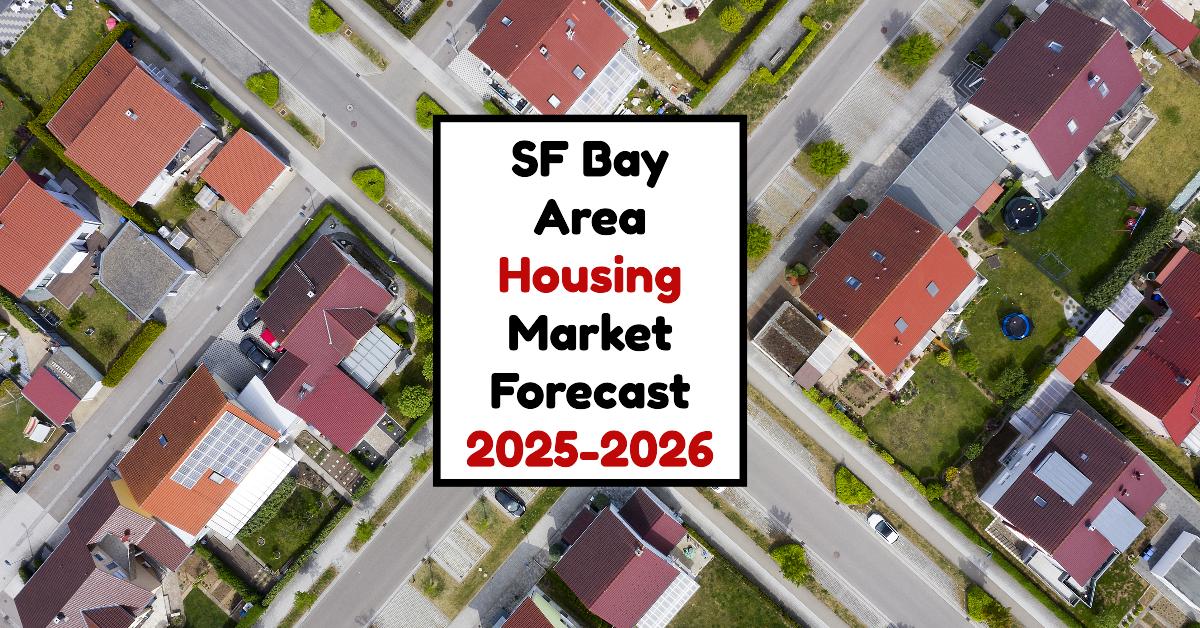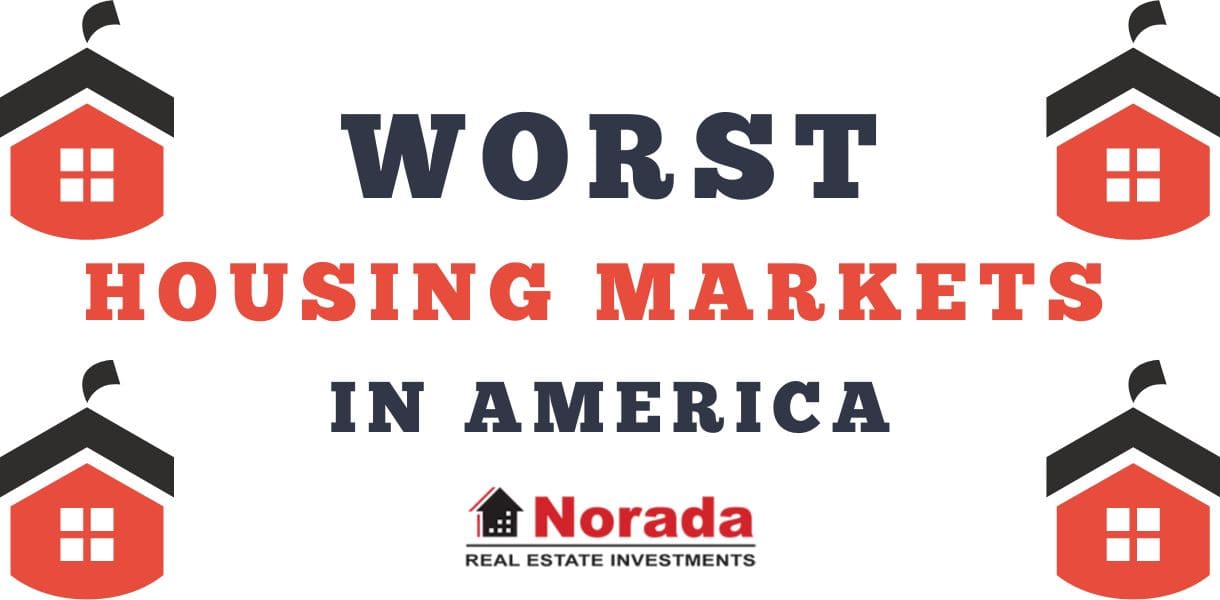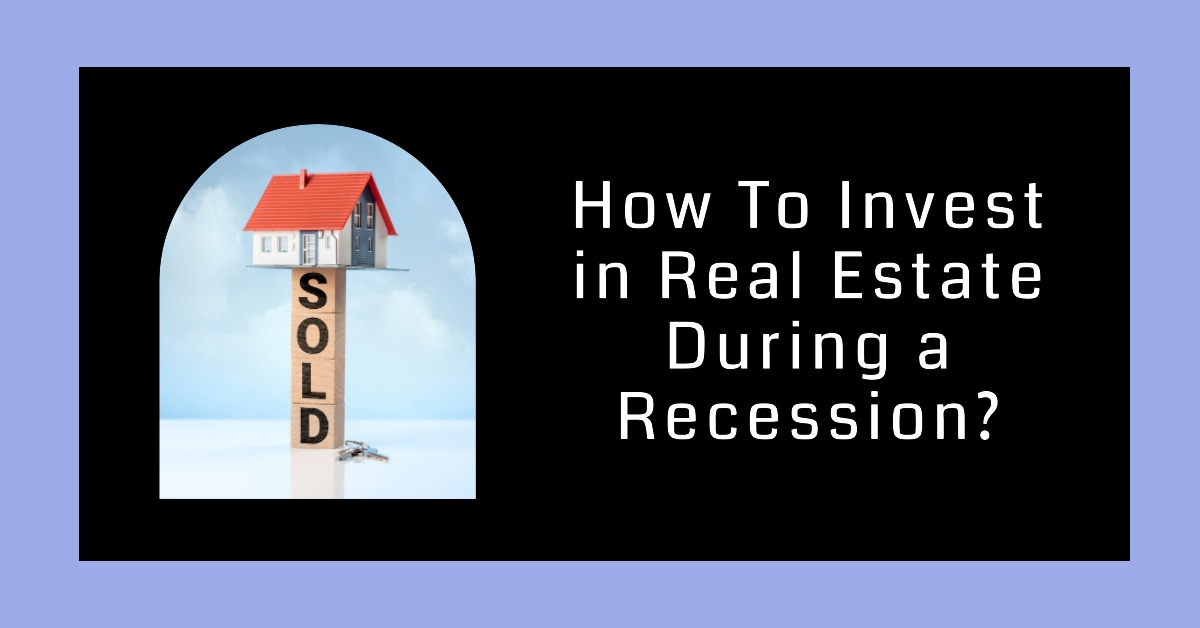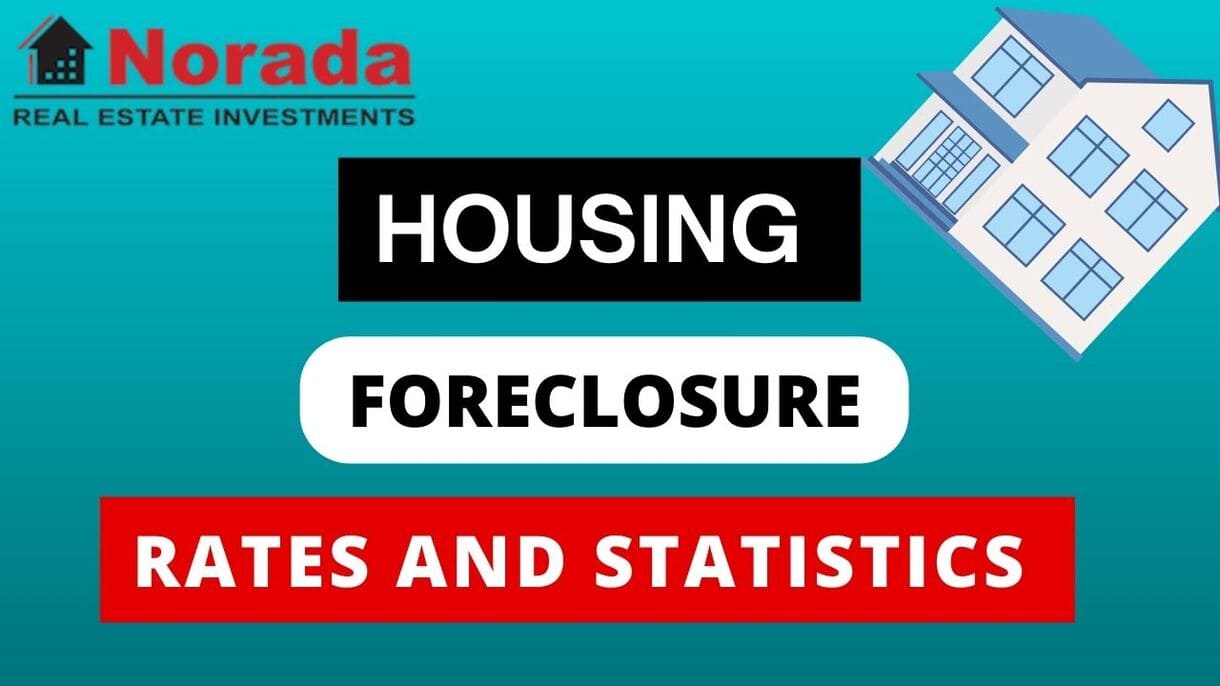Let's talk about something that's probably on everyone's mind here in the Bay Area – the housing market! Is it still crazy expensive? Is it finally cooling down? The short answer is, it's complicated! While the market has seen some shifts, it's still a pretty unique beast.
The current Bay Area housing market is showing a mixed bag of trends, with increasing sales activity compared to last year, but prices that remain very high, although some areas have seen small declines.
I'm going to break it all down for you in plain language, so you can get a good grasp of what's happening. I'll be drawing from recent data, mostly from the California Association of Realtors (CAR), but also from my experience following the market here.
Current Bay Area Housing Market Trends: A Deep Dive
Home Sales
Let's start with the number of homes actually being sold. In December 2024, the Bay Area saw a significant jump in home sales. Compared to December 2023, there was a 14.6% increase in sales. This is a pretty big deal and shows that despite everything, people are still buying homes here.
Now, if we look at the month-to-month picture (comparing December 2024 to November 2024), we see a different story. Sales in the Bay Area were actually down by 14.2% from the previous month. This isn't totally unexpected though, as things usually slow down during the holiday season. However, the year-over-year increase is the important data point.
It's interesting to see that the different counties within the Bay Area had very different sale numbers. Here are some notable ones:
- Napa County saw a whopping 49% increase in sales year-over-year.
- Solano County wasn't far behind with a 29.6% increase.
- However, San Mateo saw a worrying 11.3% decrease year-over-year.
- San Francisco saw a 14.5% increase year-over-year.
- Contra Costa saw a 10.8% increase year-over-year.
This goes to show how different each area can be.
Home Prices
Now, for the big question: how much are homes costing? The median sold price for an existing single-family home in the Bay Area in December 2024 was $1,200,000. That's a staggering number, and it really highlights how expensive this area is. While that is the overall number, you should always look deeper into the different counties as there is a lot of variation:
- San Mateo County continues to have the highest median home price at $1,844,500, making it the priciest in the Bay Area.
- Santa Clara County came in second with a median of $1,810,000.
- San Francisco had a median price of $1,530,000.
- Marin had a median home price of $1,558,000
- Solano was the lowest at $570,000, which seems like a steal compared to the rest of the area.
Here's the data in a table to make it easier to digest:
| County | Median Sold Price (Dec 2024) |
|---|---|
| San Mateo | $1,844,500 |
| Santa Clara | $1,810,000 |
| Marin | $1,558,000 |
| San Francisco | $1,530,000 |
| Alameda | $1,180,000 |
| Napa | $880,000 |
| Contra Costa | $875,000 |
| Sonoma | $859,500 |
| Solano | $570,000 |
Compared to December 2023, median home prices in the Bay Area increased by a modest 1.5%. So, yes prices have continued to rise, but at a slower rate than what we have seen in the last few years.
Month-over-month, from November to December, the median price actually went down by 8.8% in the Bay Area. This is significant. It's important to note that this drop is likely due to the typical seasonality of the market and may not signal a long-term price decrease. However, the fact that median price only increased 1.5% year over year shows the housing market is not as hot as before.
Housing Supply
The amount of homes available for sale (also known as housing supply) is one of the most important factors influencing prices. The Bay Area has been dealing with a shortage of homes for a long time, and that is part of the reason prices are so high. Unfortunately, the data we have doesn't specifically point out exact housing supply numbers.
However, given the increase in sales activity combined with the slight price increase year-over-year, it suggests there may be slightly more inventory available compared to the same time last year. This means that those who are in the market have a bit more to choose from. I have also noticed more listings coming up than a few months ago. However, this is relative, as the supply of housing is still quite low compared to demand, especially in desirable locations.
Market Trends
So, what are the overall trends shaping the Bay Area housing market? Here's what I'm seeing:
- Slight Cool-Down: The market is definitely not as hot as it was during the peak of the pandemic, when bidding wars were the norm. We're seeing prices level off (and even dip in some cases), and there's a little more breathing room for buyers. The massive drop in month to month price decrease further proves it.
- Variations by County: It's crucial to remember that the Bay Area isn't one homogenous market. Each county (and even each city within a county) has its own unique dynamics. Some areas, like San Mateo and Santa Clara, are still incredibly competitive, while others, like Solano, are a little more affordable.
- Interest Rates: Changes in interest rates play a significant role in the housing market. High rates make borrowing more expensive, which can slow down sales and put downward pressure on prices. We've seen some volatility with rates recently, so it's a factor to watch.
- Seasonal Fluctuations: Housing markets always have some seasonal fluctuations. The holiday season tends to slow down activity, which is why we saw that big monthly price decrease in December. Spring and summer are traditionally busier.
- Tech Industry Impact: The tech industry is a huge driver of the Bay Area economy. Layoffs, hiring freezes, and other changes in the tech sector can influence the housing market. It's a bit of an uncertainty factor but something to consider.
- Remote work: With remote work continuing to be popular, more people are now able to consider locations farther from their jobs, as long as they are near good transport and other amenities.
Is It a Buyer's or Seller's Housing Market?
This is the million-dollar question. I'd say the Bay Area is currently transitioning into a more balanced market. It's not as fiercely a seller's market as it was a year or two ago. Buyers now have slightly more negotiating power, but it's still not a full-fledged buyer's market. Sellers may need to be more realistic with their pricing expectations, but well-located, desirable properties are still likely to attract strong interest. The key takeaway here is that if you are going to sell, you still can if you price it right, and if you are looking to buy, you may not get the same bidding wars as before.
Are Home Prices Dropping in Bay Area?
Now for the big question: are home prices actually dropping? The answer is complicated. While we saw that significant month-to-month drop in median price (8.8%) in December 2024, we have to remember this also aligns with the trend of a slowdown at the year-end. On top of that, if we analyze the Year-over-Year change in prices for the entire Bay Area we only see an increase of 1.5%, which is small compared to the last few years.
What I'm seeing is not a huge crash in prices. Instead, it's more of a shift towards a slower pace of appreciation. The days of huge, double-digit annual price increases seem to be behind us. However, the median home prices are still very high, especially in the more desirable areas. I am not going to lie; it is still hard to afford a house in the Bay Area for the average person.
My Personal Thoughts:
As someone who has been following the Bay Area real estate market for a long time, I can tell you it's always a bit of a roller coaster. The last few years have been particularly wild, but I'm glad to see that things are starting to normalize a bit. I believe we are going to continue to see small price increases in the coming months, or maybe even a slight correction of prices in some areas.
I do not expect the prices to come crashing down, though, given the fundamentals of limited inventory, demand and the highly desirable area that it is. I also think that it is very important to remember that real estate is hyper-local and these trends can differ widely based on your exact location. It is important to work with a realtor, especially one that specializes in the Bay Area, as they can give you the most up-to-date and accurate information and guidance to help with your real estate goals.
In conclusion, the Bay Area housing market remains a very competitive and very expensive market. While sales are up, and home prices are still high, there are signs of a cooling market and more options for buyers than the past few years. The market is transitioning from a hot seller's market to a more balanced one. Keep your eye on these trends and work with a professional when it comes to buying or selling in the Bay Area.
Bay Area Housing Market Forecast 2025-2026
So, will prices keep climbing? Will they finally cool down? The short answer is, don't expect any dramatic swings in the immediate future. While it's unlikely to crash, based on the data, we’re looking at a rather stable market for the next year, maybe even a slight dip in some areas. I know, that's not the super exciting news some might be hoping for, but hey, it's what the numbers are saying.
First, let's check the current temperature. The average home value in the San Francisco-Oakland-Hayward area is a hefty $1,133,023. This is up 2.3% over the last year. Now, while that might seem like a jump, the market is also moving somewhat slower. Homes are going to pending status in about 26 days. This gives a feeling of a stable market, it's neither too hot nor too cold!
Bay Area Predictions: Looking into the Crystal Ball
Alright, let's get into the predictions. Zillow has released some data, and I’ve broken it down so it's easy to understand. I've renamed some of the columns for clarity:
| Region | Forecasted Home Value Change by Jan 2025 | Forecasted Home Value Change by March 2025 | Forecasted Home Value Change by Dec 2025 |
|---|---|---|---|
| San Francisco, CA | 0.3% | 0.8% | 0% |
As you can see, the San Francisco area is projected to see a tiny increase by next January, a slightly bigger one by March, and then flatline by the end of 2025. That’s a pretty steady outlook in my book, no booms or busts.
Comparing with Other California Markets
Here’s a peek at how the Bay Area compares with other big metro areas in California:
| Region | Forecasted Home Value Change by Jan 2025 | Forecasted Home Value Change by March 2025 | Forecasted Home Value Change by Dec 2025 |
|---|---|---|---|
| Los Angeles, CA | 0.1% | -0.1% | 1.8% |
| Riverside, CA | 0.1% | 0.5% | 3.2% |
| San Diego, CA | 0.1% | 0.6% | 3.6% |
| Sacramento, CA | 0.2% | 0.5% | 1.1% |
| San Jose, CA | 0.3% | -1% | 0.2% |
| Fresno, CA | 0.4% | 1% | 2.8% |
Notice how San Jose might see a slight decrease in the coming months. Generally, other major Californian cities are seeing a bit more growth projected for 2025 compared to San Francisco. San Diego, for example, is looking at a pretty solid 3.6% increase by the end of 2025, according to these predictions.
Will Home Prices Crash? My Take on the Market
So, will prices drop drastically in the Bay Area? In my opinion, a crash is unlikely. Here's why: the demand in this region is still very high, and the supply of homes continues to be low. The flatline projected for the end of 2025 simply shows a plateauing, not a rapid decline. I think what we might see is a slight cooling down, which is healthy for the market.
What About 2026?
Now, trying to predict the market beyond 2025 is a bit like trying to predict the weather a year from now—it’s tricky. Based on my experience though, I think we'll see a continued stability, maybe some moderate growth, but certainly no wild swings. This is based on the assumption of a stable economy with no unexpected major economic events.
Final Thoughts
So, the Bay Area housing market forecast paints a picture of stability for now. For buyers, this might mean a little more time to make decisions, but not necessarily a price drop. For sellers, it highlights the need for a proper pricing strategy. Remember, these are predictions and the market can change, but for now, that's where things seem to be heading.
Why Are Bay Area House Prices So High?
The high cost of housing in San Francisco can be attributed to several factors:
- Strong Economy: The Bay Area is a global tech hub, home to Silicon Valley, and numerous tech giants. The region's strong economy attracts high-income professionals, leading to increased demand for housing, and driving up prices.
- Limited Supply: Geographical constraints and strict zoning regulations limit new construction in San Francisco. The supply of housing struggles to keep up with the growing demand, resulting in scarcity and rising costs.
- High Land Costs: The cost of land in San Francisco is exceptionally high, which makes it expensive for developers to acquire land for new housing projects. This cost is often passed on to homebuyers and renters.
- Foreign Investment: San Francisco's reputation as a global city attracts international investors, further driving up property values.
- Desirability: The city's quality of life, cultural attractions, and natural beauty make it a highly desirable place to live, leading to a willingness to pay a premium for housing.
- Limited Space for Growth: San Francisco is surrounded by water on three sides, leaving limited room for urban expansion. This geographical constraint intensifies competition for available properties.
Which is the Hottest Real Estate Market in the Bay Area?
The Bay Area's housing market has a long history of intense competition, but lately, things have reached a new level. While the entire region continues to see strong demand, some areas are experiencing a particularly scorching heatwave. So, for those looking to buy, where's the hottest spot to land?
The Rise of the Suburbs: The Woodlands Takes Center Stage
Traditionally, urban centers like San Francisco and Oakland have been the hottest properties. However, a recent trend sees the crown shifting towards suburban havens. The Woodlands neighborhood in Walnut Creek, Contra Costa County, has emerged as a frontrunner.
According to the San Francisco Chronicle, home values in Woodlands have skyrocketed by 40% since February 2020, reaching a median price of $1.46 million. This dramatic rise is attributed to an influx of buyers seeking spacious homes, good schools, and a suburban lifestyle close to amenities and job centers.
Why Woodlands? Decoding the Appeal
Several factors contribute to Woodlands' sizzling market. Firstly, the pandemic's work-from-home trend has loosened the tie between location and office commutes. This allows buyers to consider areas further out from the urban core, where they can find larger properties with a more relaxed atmosphere.
Woodlands perfectly fits this bill, offering ample space for families and a sense of community, while still boasting proximity to shopping centers and top-rated schools.
Secondly, Woodlands benefits from a spillover effect. With San Francisco experiencing ever-increasing housing costs, buyers priced out of the city are looking at neighboring areas. Woodlands offers a more attainable option while maintaining a desirable Bay Area address.
Beyond Woodlands: Other Hot Pockets to Consider
While Woodlands is currently experiencing a surge, the Bay Area offers a diverse range of hot markets. Here are a few other contenders:
- East Bay: Oakland continues to be a popular choice, particularly for those seeking a vibrant, urban environment with a close proximity to San Francisco.
- South Bay: While traditionally expensive, areas like Campbell and Fremont are attracting buyers due to their proximity to Silicon Valley tech giants and a growing job market.
Remember, “Hot” is Relative
It's important to remember that “hot” is a relative term. The Bay Area housing market, in general, is highly competitive. While Woodlands might be experiencing the fastest price growth, other locations might offer better affordability or a specific lifestyle that suits your needs.
Should You Invest in the Bay Area Real Estate Market?
The San Francisco Bay Area is a magnet for real estate investors, but understanding the market landscape is critical. Here's a breakdown of key factors for informed investment decisions.
- Enduring Demand: The Bay Area's allure for homebuyers remains strong, fueled by tech industry jobs and stunning natural beauty. This steady demand is a key factor for investors to consider.
- Location is King: From vibrant downtowns to charming suburbs, the Bay Area boasts diverse neighborhoods. Meticulous research is essential, as each micro-market offers varying growth potential and rental yields.
- Rental Market Strength: Evaluate the rental market performance in your chosen area. Robust rental demand can be advantageous for investors seeking income properties.
- Picking Your Property: Will you invest in single-family homes, multi-unit buildings, or something else? Each type presents unique advantages and risks. Align your investment goals and risk tolerance with your property selection.
- Expert Insights: Consulting with real estate professionals and economists is vital. Their market forecasts and insights can equip you to make informed investment decisions.
Is Real Estate Investment a Good Option in this Region?
Investing in the Bay Area's real estate market can be both lucrative and challenging. Here are some considerations:
- Lucrative Returns: Despite high prices, rental rates in San Francisco are also substantial, making it possible to generate good rental income.
- Appreciation Potential: The Bay Area's strong economy suggests that property values are likely to appreciate over time.
- Diversification: San Francisco is known for its tech industry, and investing in real estate diversifies your investment portfolio, which may be tech-heavy.
- Challenges: High property prices mean a substantial initial investment. Additionally, property management and regulations can be complex.
- Risk Mitigation: Careful property selection, understanding market dynamics, and working with local experts can help mitigate risks.
Investor Preferences in the Bay Area
Investors in the Bay Area have various options to consider:
- Residential Properties: Single-family homes and condos are attractive for long-term rental income.
- Multi-Family Units: Apartments or multi-unit buildings can offer multiple rental income streams.
- Commercial Real Estate: Office and retail properties may provide stable rental income, particularly in business districts.
- Short-Term Rentals: With tourism being a significant part of the Bay Area's economy, short-term rentals through platforms like Airbnb can be profitable.
- Real Estate Investment Trusts (REITs): For those seeking to invest without direct property ownership, REITs focused on the Bay Area offer an alternative.
Economy and Growth
The San Francisco Bay Area boasts a robust and diverse economy, primarily driven by the technology sector, often referred to as Silicon Valley. This economic powerhouse has led to sustained growth, high incomes, and a robust job market, making it a hotspot for professionals and businesses.
It's economy has performed well in the 21st century, despite several recessions. In 2022, the Bay Area's GDP grew by 4.8%, which was the highest in the country. This growth was well-rounded and uninhibited, and the Bay Area's economy has continued to perform well even after the COVID-19 pandemic. As a result, the region consistently attracts individuals seeking employment opportunities, which, in turn, fuels the demand for housing.
Housing Supply Shortage vs. Demand
The Bay Area faces a persistent challenge with housing supply shortages. Geographical constraints, coupled with stringent zoning regulations, limit the construction of new housing units. This limitation in supply collides with the consistently high demand for housing, primarily from tech professionals and other high-income earners. The resultant scarcity drives up property prices, making homeownership and rentals expensive propositions in the region.
Geography & Zoning Restrictions
Geography plays a significant role in the Bay Area's real estate market dynamics. Surrounded by water on three sides, the region has limited space for urban expansion. As a result, land is at a premium, and developers often face challenges in acquiring suitable land for housing projects. Zoning regulations, aimed at preserving the unique character of different neighborhoods, can further limit the potential for new construction. These factors collectively contribute to the scarcity of housing and rising property values.
It's Luxury Real Estate Market
The Bay Area hosts a thriving luxury real estate market, catering to high-net-worth individuals and investors. Luxury properties in prestigious neighborhoods like Atherton, Hillsborough, and Bel Air offer premium amenities and stunning views. The region's desirability, coupled with a strong economy, has sustained the luxury real estate segment, making it an attractive option for those seeking upscale investments.
High Real Estate Appreciation Rate
Despite the high cost of entry, real estate in the San Francisco Bay Area is known for its impressive appreciation rates. The region's strong economic fundamentals and limited supply have historically driven property values upward. This means that real estate investments often offer the potential for substantial capital gains over time.
While San Francisco's high housing costs can be a barrier, the region's strong economy and desirability continue to attract investors. Careful consideration of factors such as property type, location, and market dynamics is crucial for making informed investment decisions in the San Francisco Bay Area. Investors should assess their goals, risk tolerance, and long-term strategies to determine whether this market aligns with their investment objectives.
Recommended Read:
- Bay Area Housing Market Predictions 2030
- Bay Area Housing Market Predictions 2025
- Bay Area Housing Market: What Can You Buy for Half a Million?
- SF Bay Area Housing Market Records 19% Sales Growth in July 2024
- Bay Area Home Prices Skyrocket: Wealthy Buyers Fuel Market
- Bay Area Housing Market Heats Up: Home Prices Soar 11.9%
- Bay Area Housing Market Booming! Median Prices Hit Record Highs




